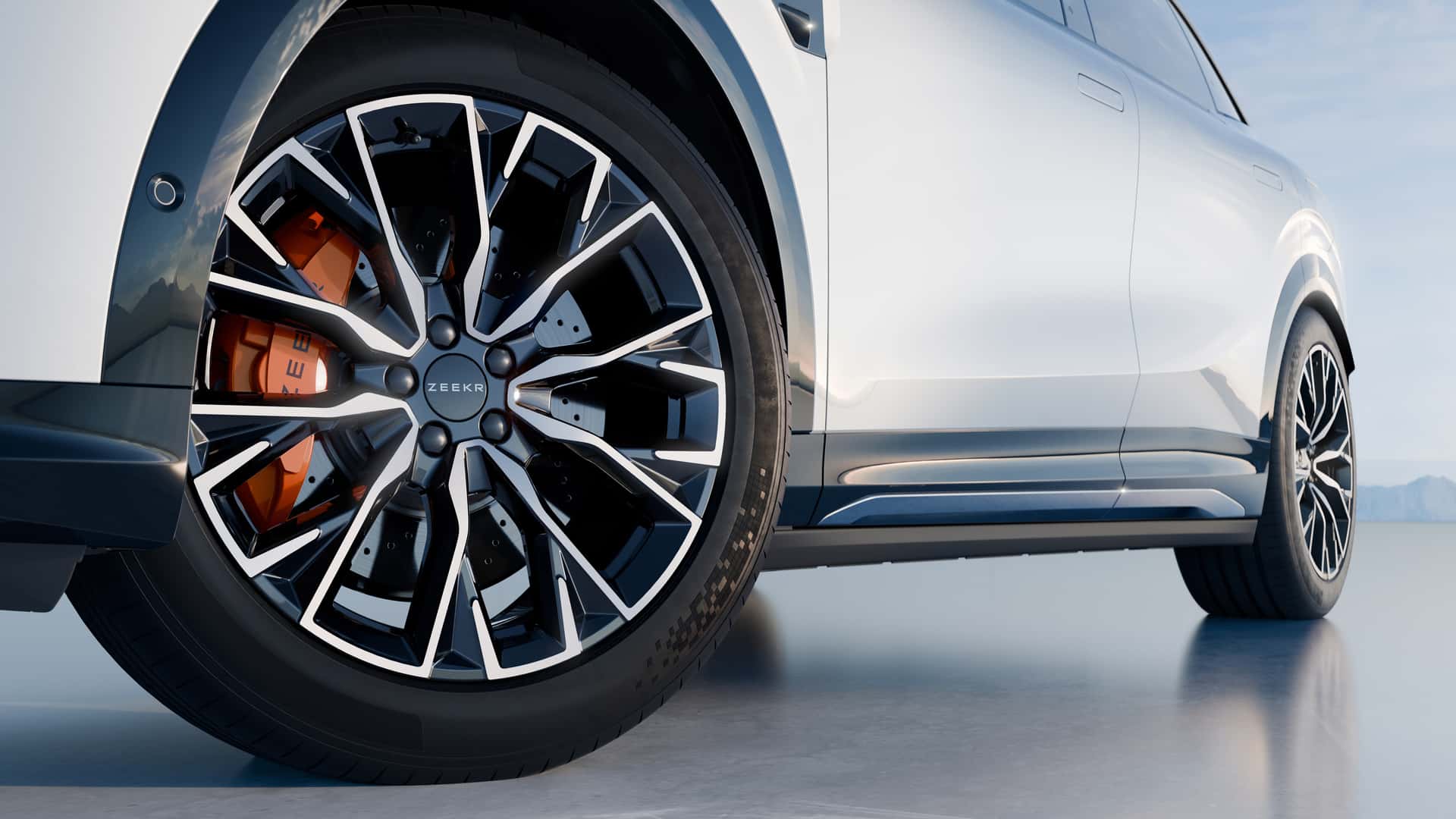Electric vehicles (EVs) are revolutionizing urban air quality by significantly reducing brake dust emissions, a lesser-known contributor to pollution. According to a study funded by the EIT Urban Mobility, EVs can cut brake wear emissions by up to 83% compared to traditional gasoline vehicles. This development highlights the importance of addressing not just tailpipe emissions, but also other sources of air pollution that impact public health.
The primary advantage of EVs lies in their regenerative braking systems and one-pedal driving capabilities. These features allow drivers to decelerate the vehicle using the electric motor, reducing reliance on traditional brakes. As a result, brake pads in EVs can last between 80,000 and 100,000 miles, as evidenced by real-world data from taxi fleets operating Nissan Leaf vehicles. This longevity represents a significant improvement over conventional vehicles, where brake pads tend to wear out much faster.
Brake dust, which contains harmful substances such as copper, poses serious health risks. A study published in March 2023 in the journal Particle and Fibre Toxicology found that particulate matter from brake dust can induce oxidative stress and inflammation, leading to serious conditions such as cancer and pulmonary fibrosis. Alarmingly, the study concluded that brake dust is more detrimental to human health than emissions from diesel engines, which have been regulated to limit particulate output.
While modern diesel engines are equipped with particulate filters, brake dust emissions remain largely unregulated. Some regions, including California and Washington, have enacted laws to limit the amount of copper in brake pads, but many other harmful elements continue to be present.
The RAC cites the extended lifespan of brake pads in EVs as a crucial factor in reducing brake dust emissions. The comparison between EVs and traditional combustion cars is striking, with the former generating significantly less brake dust. The EIT Urban Mobility study indicates that plug-in hybrids produce 66% less brake wear emissions, while non-plug-in hybrids range from 10% to 48% less, depending on their electric motor’s performance.
In response to the environmental impact of brake dust, automotive manufacturers are exploring innovative designs. Mercedes-Benz has proposed integrating brakes within the electric drive unit, which would eliminate particulate emissions altogether. Meanwhile, Volkswagen has adopted a simpler solution: all vehicles on its MEB platform feature drum brakes on the rear axle. This design choice allows for less maintenance while containing brake dust emissions, although it sacrifices some braking performance.
Despite these advancements, EVs are not without their challenges. The added weight and torque of electric vehicles can lead to increased tire wear, which also contributes to air pollution. Nevertheless, the extent of this issue remains less clear, with no definitive evidence indicating that EV tires deteriorate significantly faster than those of gasoline vehicles.
For EV owners, utilizing features such as brake regeneration and one-pedal driving can further enhance the environmental benefits of their vehicles. By reducing brake wear, they not only extend the lifespan of their brakes but also contribute to cleaner air by minimizing harmful particulates. As the conversation about vehicle emissions continues, it is essential to recognize that electric vehicles offer substantial advantages beyond just eliminating tailpipe emissions.







































































